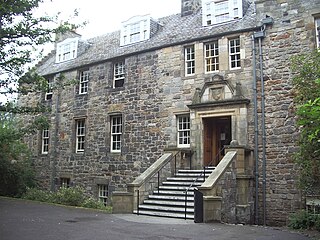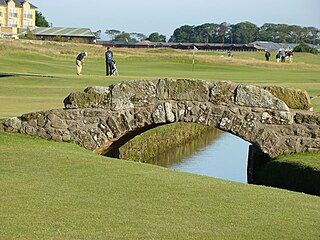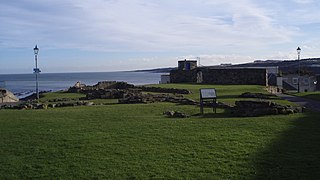8 Sights in St Andrews, United Kingdom (with Map and Images)
Legend
Welcome to your journey through the most beautiful sights in St Andrews, United Kingdom! Whether you want to discover the city's historical treasures or experience its modern highlights, you'll find everything your heart desires here. Be inspired by our selection and plan your unforgettable adventure in St Andrews. Dive into the diversity of this fascinating city and discover everything it has to offer.
Sightseeing Tours in St Andrews1. St Andrews Cathedral (Ruins)
The Cathedral of St Andrew is a ruined cathedral in St Andrews, Fife, Scotland. It was built in 1158 and became the centre of the Medieval Catholic Church in Scotland as the seat of the Archdiocese of St Andrews and the Bishops and Archbishops of St Andrews. It fell into disuse and ruin after Catholic mass was outlawed during the 16th-century Scottish Reformation. It is currently a monument in the custody of Historic Environment Scotland. The ruins indicate that the building was approximately 119 m (390 ft) long, and is the largest church to have been built in Scotland.
2. St Andrews Castle

St Andrews Castle is a ruin located in the coastal Royal Burgh of St Andrews in Fife, Scotland. The castle sits on a rocky promontory overlooking a small beach called Castle Sands and the adjoining North Sea. There has been a castle standing at the site since the times of Bishop Roger (1189–1202), son of the Earl of Leicester. It housed the burgh’s wealthy and powerful bishops while St Andrews served as the ecclesiastical centre of Scotland during the years before the Protestant Reformation. In their Latin charters, the Archbishops of St Andrews wrote of the castle as their palace, signing, "apud Palatium nostrum."
3. Hamish McHamish the cat
Hamish McHamish was a ginger cat who lived in the town of St Andrews, Fife, Scotland. He came to national and international prominence after the publication of a book entitled Hamish McHamish of St Andrews: Cool Cat About Town.
4. Deans Court
Deans Court is a student hall of residence at the University of St Andrews originating from the 12th century, thus, arguably, the oldest dwelling house in the town of St Andrews, Scotland. It stands at the east-end of St Andrews, where North street and South street converge. The entrance of the courtyard opens up to the ancient, ruined, St Andrews cathedral. The Hall is open exclusively to postgraduates, and comprises the main building and four annexes, two on North Street, two on South Street. Current residents are affectionately known as Deans Courtiers, Deans Courtesans, or Deans Beans.
5. Swilken Bridge
The Swilcan Bridge, or Swilken Bridge, or Swilcanth as it was known, is a small stone bridge in St Andrews Links golf course, Scotland. The bridge spans the Swilcan Burn between the first and eighteenth fairways on the Old Course, and has become an important image in the sport of golf. The bridge had previously been known as the Golfers' Bridge for hundreds of years.
6. Wardlaw Museum
The Wardlaw Museum is associated with the University of St Andrews. The museum houses a selection of the university's historic, artistic and scientific collections, which comprise over 115,000 artefacts. They are displayed across four galleries which aim to tell the story of the university. The newly refurbished museum now has an extended temporary exhibition space as well as a new research studio and extended gift shop. also contains a 'Learning Loft' for workshops and a viewing terrace with panoramic views over St Andrews Bay.
Wikipedia: Museum of the University of St Andrews (EN), Website
7. St. Mary On The Rock
The Church of St Mary on the Rock or St Mary's Collegiate Church, was a secular college of priests based on the seaward side of St Andrews Cathedral, St Andrews, just beyond the precinct walls. It is known by a variety of other names, such as St Mary of the Culdees, Kirkheugh and Church of St Mary of Kilrymont.
8. St James' Catholic Church
St James is a small Roman Catholic church at 17 The Scores in St Andrews, Fife, Scotland. The church was designed by Reginald Fairlie and built in 1910, replacing a former 'tin' church, and is a Category B listed building.
Share
How likely are you to recommend us?
Disclaimer Please be aware of your surroundings and do not enter private property. We are not liable for any damages that occur during the tours.
.jpg)





